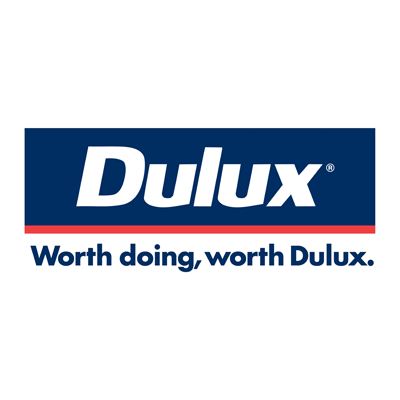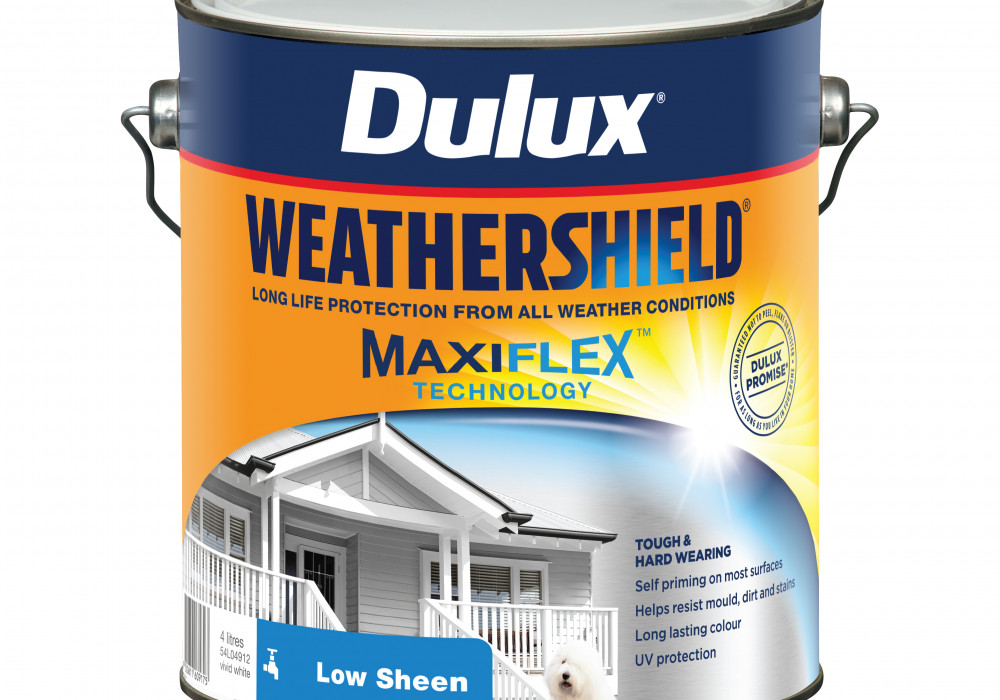Timber is also an environmentally friendly choice for those concerned about their carbon footprint, as the planting and harvesting cycles of plantation forests removes and stores carbon dioxide from the atmosphere.
The result of decades of investment in forestry research, New Zealand’s radiata pine forests produce timber of uniform density and colour. Finger-jointed timber improves the original physical and structural characteristics of radiata pine by over 400%.
A number of companies produce pre-primed finger-jointed timber weatherboards. Some are using water-based primers, some solvent-based, some dual coats, and some with UV curing technology.
Pre-primed timber weatherboards are kiln dried so the boards must be kept dry as the priming does not weatherproof these products. If the boards have been exposed to the weather for longer than six weeks, adhesion checks should be completed (cross cut with a knife, apply adhesive tape, rip off). If the paint is removed in this test then the primer should be sanded off. In this case, and if the product has not been dual coated, a full coat of acrylic primer is recommended (or an additional coat of topcoat if the product is self-priming). Follow this with two topcoats of 100% acrylic paint.
Dulux’s premium exterior paint Weathershield X10 is available in low sheen, semi-gloss, and gloss finishes and all are suitable for pre-primed timber. Some timber manufacturers recommend using colours that have LRV above 45% to reduce the risk of board defects from heat absorbtion. On the other hand, some councils require LRV’s of less than 40% to help structures blend into their environments.





























 Most Popular
Most Popular Popular Products
Popular Products



